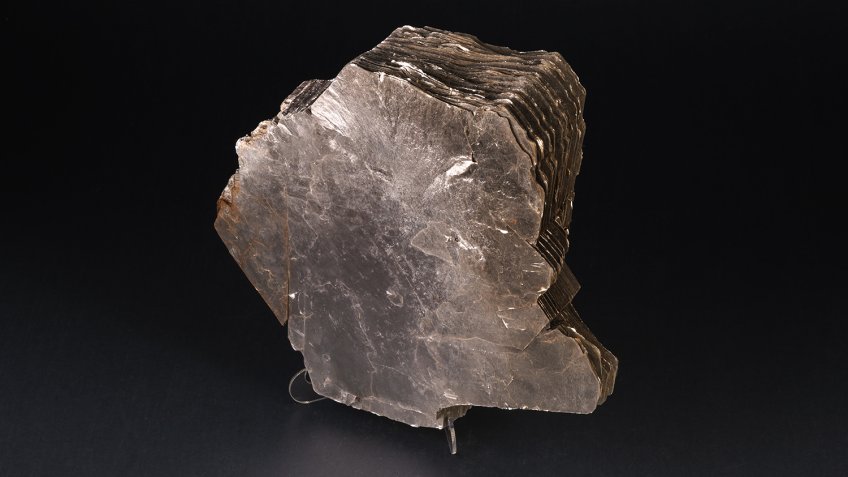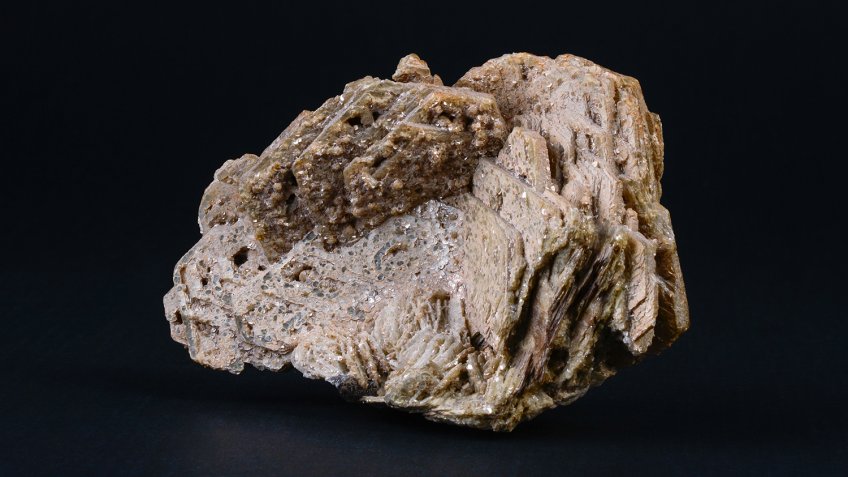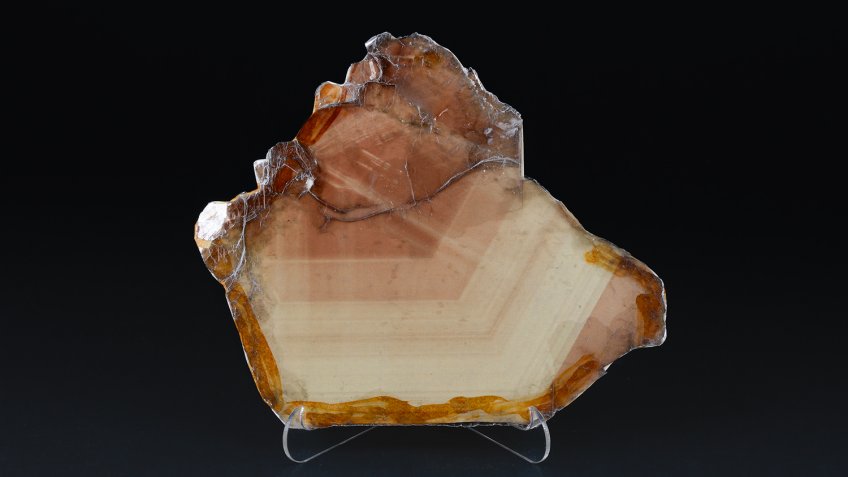
Three centuries ago, this stone, originally discovered in Russia, was one of the world’s most sought-after. The supply was outnumbered by demand manifoldly. In Russia, the stone was out of reach for ordinary people, instead it was massively exported abroad. Named muscovite, this mineral had been considered one of the most important export articles of Russia before the XVII century. Muscovite stone was greatly appreciated globally, and it was used to sustain heat in the thousands of English, Dutch and German houses.
Muscovite of the highest quality was mined on the territory, which was then known as ’the Grand Duchy of Moscow’ or simply ’Muscovy’. That is how the territory around Moscow was called in the Late Middle Ages. The origins of the name are, therefore, connected to the Moscow region. During the medieval era, the stone became widely known in Europe and soon, due to transparency of muscovite, got popularity as a cheaper alternative to glass in windows. In fact, another name of the mineral is muscovy-glass.
The rarest ones were the bigger plates of this mineral. Large samples were forbidden to sell to individuals. They ended up being taken abroad, while Russian people could only get their hands on small plates. Regardless, potash mica was quite rare at the time and also highly demanded. It was also very expensive; only wealthy people, such as kings, princes, noblemen, and well-off peasants could afford to buy this stone. Its price per kilo came close to six roubles at the time, whereas four roubles would be enough to buy a milk cow.
Throughout the period of reforms initiated by Peter the Great, the demand in common mica had increased drastically, since its usage got also extended to making lamp caps, which were supposed to protect the flame from the wind. Those light poles were of particular importance because the Russian fleet had only just emerged. For that reason, the Tsar passed a law prohibiting selling muscovite to private people. The ban was finally lifted 20 years later.
The heyday of isinglass came to its end with the beginning of widespread consumption of ordinary glass. Although, thanks to some notable advantages, muscovite-made windows could briefly compete with the more common to us glass panels: they did not freeze in the cold, they were easy to clean with soap solution, and cracks on the surface could be removed by taking off the thin top layer. The window film effect was another specific feature - objects outside of the house could be seen clearly from the inside, but to see the interior of the building from the outside one would have to strain their eyes.
With the introduction of high-quality glass products, muscovite had been, however, totally forgotten till the early XX century. Now the mineral is back on top once again - it has become a strategically important material that is used for manufacturing sophisticated products, including mobile phones and even space satellites. The reason for the stone’s uprise is that muscovite is one of the most reliable and durable materials of those that do not carry electrical current. Therefore, it has been increasingly used as electric resistance material.



